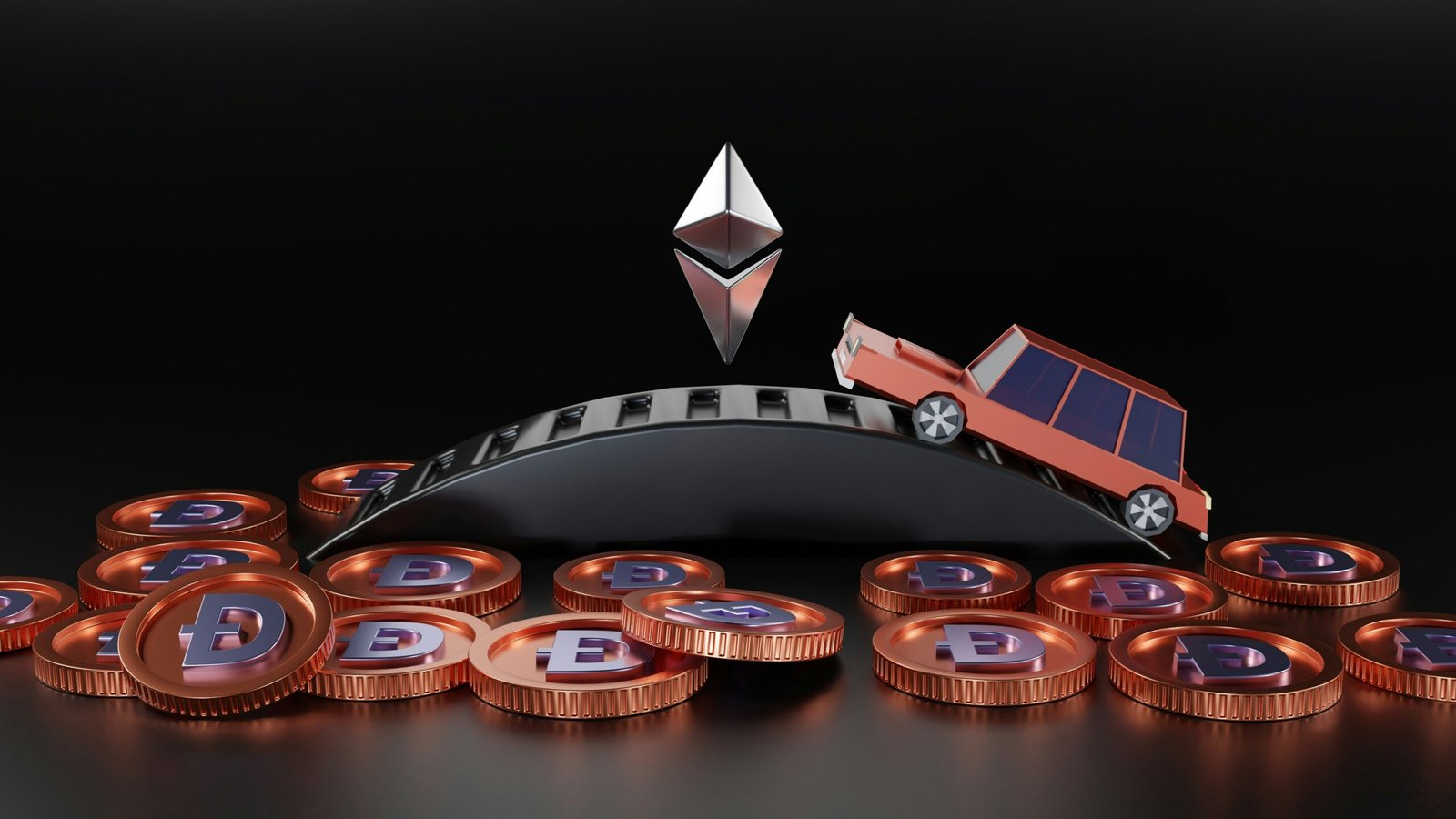Mining Rewards: Understanding Block Subsidies and Transaction Fees
When it comes to cryptocurrencies like Bitcoin, one of the key concepts to understand is mining rewards. Mining is the process by which new coins are created and transactions are validated on the blockchain. Miners play a crucial role in maintaining the integrity and security of the network, and they are rewarded for their efforts. In this article, we will explore the two main components of mining rewards: block subsidies and transaction fees.
Block Subsidies
Block subsidies refer to the newly created coins that are awarded to miners for successfully mining a new block. In the case of Bitcoin, the current block subsidy is 6.25 BTC per block. This means that every time a miner successfully mines a new block, they are rewarded with 6.25 BTC.
However, it’s important to note that the block subsidy is not a fixed amount. In fact, it is designed to decrease over time. This is known as the “halving” event, which occurs approximately every four years. During a halving event, the block subsidy is cut in half. For example, the block subsidy started at 50 BTC when Bitcoin was first created, and it has gone through three halving events since then.
So why does the block subsidy decrease over time? The main reason is to control the supply of new coins entering the market. By gradually reducing the block subsidy, the total supply of Bitcoin is limited, which helps to maintain its scarcity and value.
Transaction Fees
In addition to the block subsidy, miners also earn transaction fees for including transactions in the blocks they mine. When someone sends a Bitcoin transaction, they have the option to include a transaction fee. This fee is paid to the miners as an incentive for them to prioritize and include the transaction in a block.
The amount of transaction fees in a block can vary depending on the network congestion and the priority set by the sender. Miners typically prioritize transactions with higher fees, as they have an incentive to maximize their earnings. However, even transactions with lower fees can still be included in a block if there is enough space available.
Transaction fees are an important part of the mining ecosystem because they provide an additional incentive for miners to continue securing the network, even after the block subsidy becomes insignificant. As the block subsidy decreases over time, transaction fees are expected to become a more significant portion of miners’ earnings.
The Role of Mining Pools
While individual miners can participate in the mining process, many choose to join mining pools. A mining pool is a group of miners who work together and share their resources in order to increase their chances of successfully mining a block and earning rewards.
When a mining pool successfully mines a block, the rewards are distributed among the participants based on their contribution. This allows smaller miners to have a more consistent income, as the rewards are shared among the pool members.
Joining a mining pool also allows miners to combine their computing power, which increases the overall security of the network. With a higher combined hash rate, it becomes more difficult for malicious actors to launch attacks on the blockchain.
Conclusion
Mining rewards play a crucial role in the world of cryptocurrencies. Block subsidies and transaction fees are the two main components of mining rewards. While the block subsidy decreases over time to control the supply of new coins, transaction fees provide an additional incentive for miners to continue securing the network. By understanding these concepts, you can gain a better understanding of how cryptocurrencies like Bitcoin function and the role that miners play in maintaining their integrity and security.

